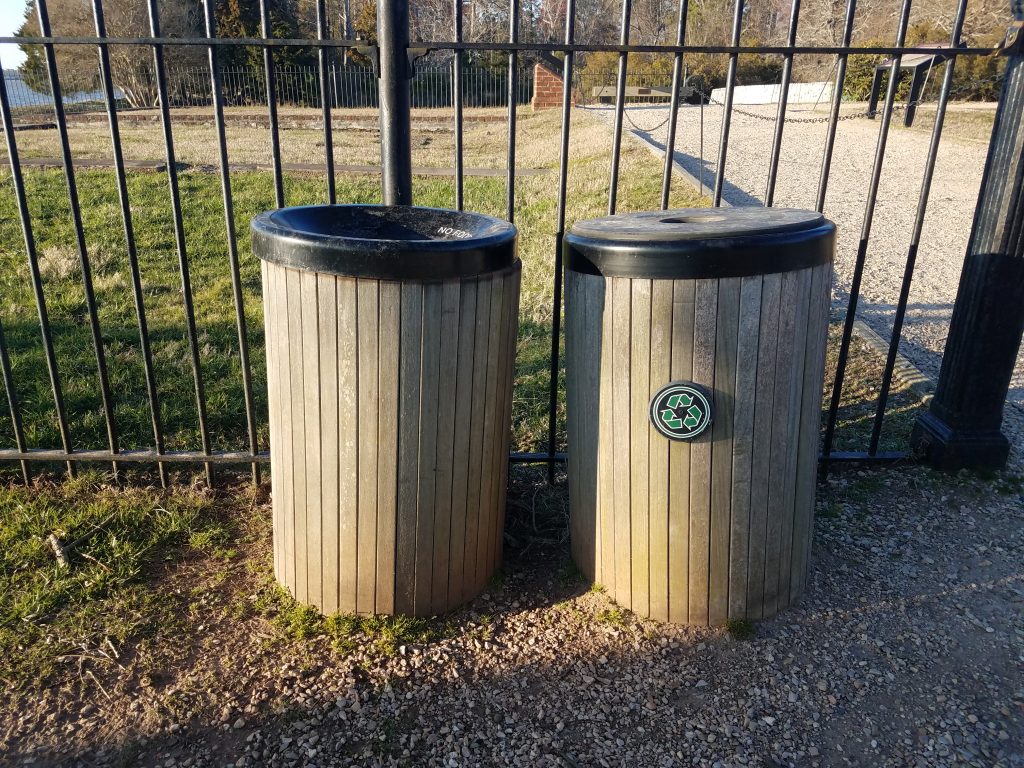Finding yourself involved in an accident with a truck can be scary; the large size and mass of these objects mean that they pose a considerable hazard to other road users. Any accidents involving a truck are likely to have far more severe consequences than those involving more evenly-matched vehicles.
Suppose you have been involved in a truck accident in Middlesex, Sussex, or Essex. In that case, you may be in a position to pursue the driver of the vehicle for damages and costs, to help cover the injuries and trauma you have suffered.
The reasons behind truck accidents can be varied; perhaps a driver was speeding or distracted from the road. Their truck may have been overloaded, or the driver could have been intoxicated. In some cases, accidents can be caused by the blind spots of a truck, and these have the potential to be dangerous.
What is a Blind Spot?
The blind spot, also known as a ‘no zone,’ refers to the areas around a truck where the driver’s vision is seriously restricted or obscured. In short, the driver will not be able to see anything in these areas when they look through either their side or rear mirror. These spots are caused by the length, width, and height of the trucks, and every vehicle has one.
In some cases, it is not possible to avoid entering the blind spot, but car drivers should endeavor to avoid the area as much as possible to reduce the risk of an accident. Being in the blind spot increases the chance that the driver will miss you upon switching lanes.
Can I Sue if I am Injured While Driving in a ‘No Zone?’
Driving in a no-zone is a common cause of accidents, but this will not automatically bar you from receiving financial damages and compensation. This is primarily due to the duty possessed by all truck drivers not to collide with another vehicle. Massachusetts operates under the concept of comparative fault; in short, this means that if you are found to be partly to blame for your accident and subsequent injuries, your financial compensation will be docked by the percentage you are deemed to be at fault.
As an example, a judge may rule that by driving in the blind spot of a truck, you are now 10% at fault for the crash, along with your injuries. If you are then awarded $10,000 in compensation, this will be docked by $1,000, meaning that the total you receive is $9,000. In addition, if you are deemed to be 51% or over to blame, you will then be prohibited from claiming damages. Merely driving in the blind spot, however, is not enough to remove this right.






